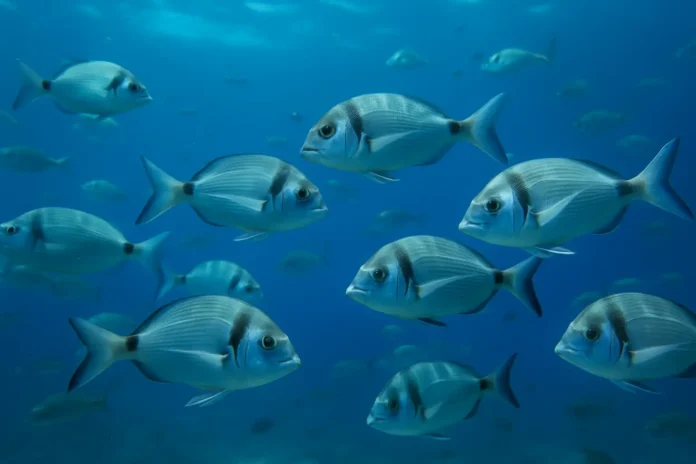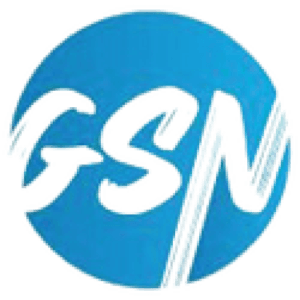Mars Petcare has staked a new claim in the global fight for transparent, responsible seafood: becoming the first major pet food producer to lock in full compliance with a global seafood traceability standard. Behind this milestone is a digital system linking ocean to pet bowl — a level of tracking many human seafood suppliers still don’t match.
A Quiet Revolution in Pet Food
Seafood traceability has typically focused on the fish counter or sushi bar — not the dog food tin. But Mars is flipping that script. Its new system maps every shrimp or fish meal ingredient from licensed catch to processor to warehouse to final pack. No gaps. No excuses.
To make this real, Mars aligned with the Global Dialogue on Seafood Traceability (GDST), a standard that demands clear data at every step. It’s pairing that with blockchain-backed tech from Wholechain, so data moves instantly through a single chain of custody.
Why Does This Matter?
Pets consume vast amounts of fish-based protein — tuna, salmon, whitefish — but until now, vetting that supply chain has lagged behind what humans demand on their dinner plates. Illegally caught fish, mislabelled origin, and poor labor practices have plagued the sector for decades.
Mars’s push is designed to do three things at once:
Eliminate gaps where fraud creeps in
Raise supplier accountability
Give retailers and shoppers documented proof of where seafood comes from
This is not theory: the system already covers Mars Petcare’s main wet pet food lines in Europe and North America. Expansion to Asia-Pacific factories is next.
A Wake-Up Call to Competitors
This isn’t just a CSR badge for Mars — it’s a shot across the bow for peers like Nestlé Purina and Hill’s. They’ve invested heavily in sustainability branding but have yet to embed an end-to-end digital trail for fish ingredients.
Industry analysts say Mars’s commitment raises the bar:
Compliance with GDST means using standardised Key Data Elements (KDEs) at every hand-off.
This leaves fewer loopholes for illegal or unreported catch to slip through.
Data can be verified instantly during audits, a headache for any dishonest middlemen.
Tougher Rules, But Bigger Payoff
Mars has spent over 15 years working on sustainable fish sourcing, partnering with WWF and other watchdogs. But until now, much depended on paper checks, spot audits and supplier self-reporting.
The new system means:
Each batch of fish protein gets a unique digital ID.
Critical tracking events — catch, landing, processing, shipping — are logged.
Internal teams and external inspectors can cross-check shipment data anytime.
This is especially relevant as climate pressure and seafood fraud headlines grow. Pet owners want peace of mind that ‘ocean fish’ means just that, not vague bycatch from unknown waters.
A Look at the Numbers
Here’s why this change matters at scale:
30% of global seafood is estimated to be illegally or unreported caught.
USD 23 billion is the annual economic loss from IUU (Illegal, Unreported, Unregulated) fishing globally.
Over 70% of EU consumers say traceability influences seafood purchase decisions for their pets as much as for themselves.
Mars believes that when shoppers know the fish is legal and responsibly sourced, brand trust deepens — and repeat sales follow.
How It Works
The new system is not just fancy software. It requires Mars suppliers — fishing fleets, processors, exporters — to meet strict onboarding rules:
Proof of fishing licenses
Vessel tracking data
Verified port landing documents
Plant processing logs
Shipment receipts that match the blockchain record
If any link fails, the shipment gets rejected — no exceptions. This strengthens Mars’s position against food fraud lawsuits or supply chain controversies.
What’s Next
Mars’s goal is not to stop with fish. The company aims to replicate the same tech standards for other high-risk raw materials like beef and palm oil. If it works, the pet aisle could become a testing ground for what fully traceable, low-risk supply chains look like in practice.
Retailers and investors watching supply chain transparency are taking note. Analysts expect other food brands to face mounting pressure to match or risk regulatory crackdowns.
For Pet Owners: What Changes?
For shoppers, the difference may be subtle at first. Labels will soon include QR codes to trace the seafood’s journey — some test packs already do.
Behind the scenes, the real win is that Mars’s supply chain teams can catch fraud or sustainability breaches faster, fix supplier gaps, and report cleaner data to retailers and regulators.
Final Word
Mars’s big leap into seafood traceability isn’t a flashy PR moment. It’s a real systems overhaul that others in pet care and even human food will find hard to ignore. As climate goals tighten and consumers demand answers, knowing exactly what’s in a can of tuna or salmon pâté — and where it came from — is about to become normal, not niche.



